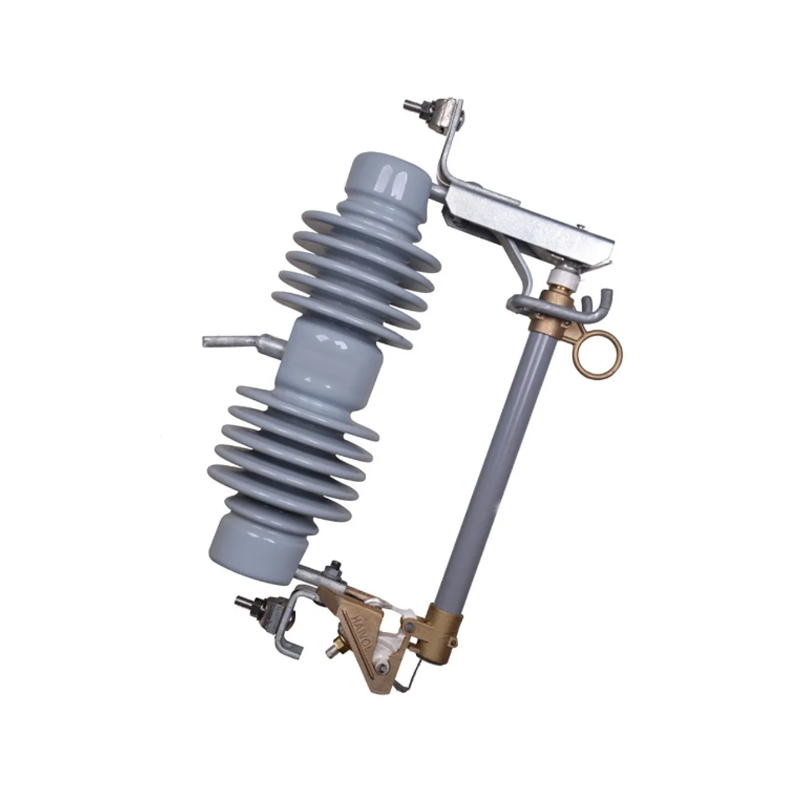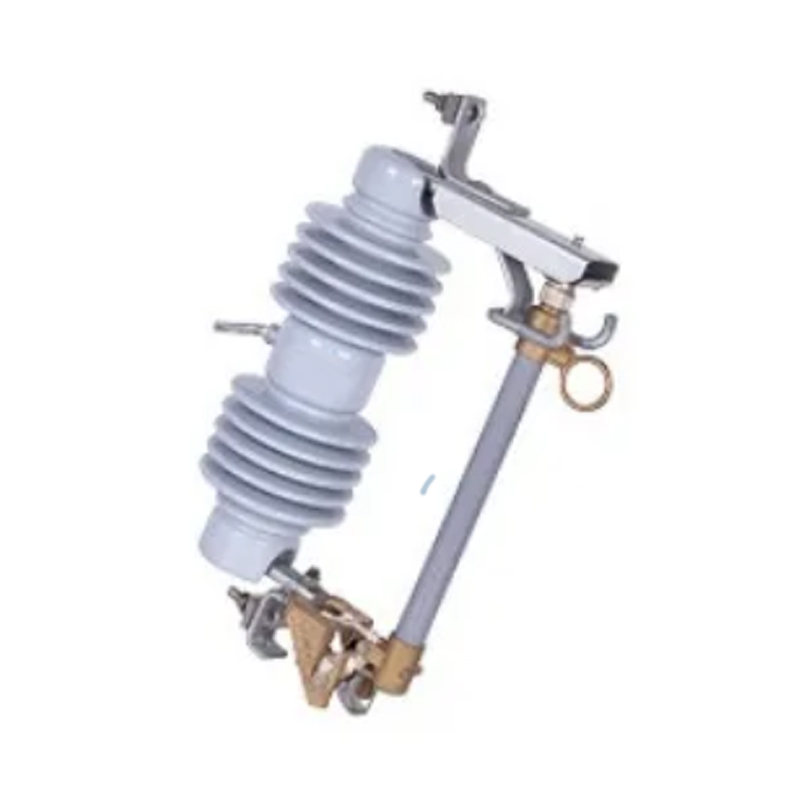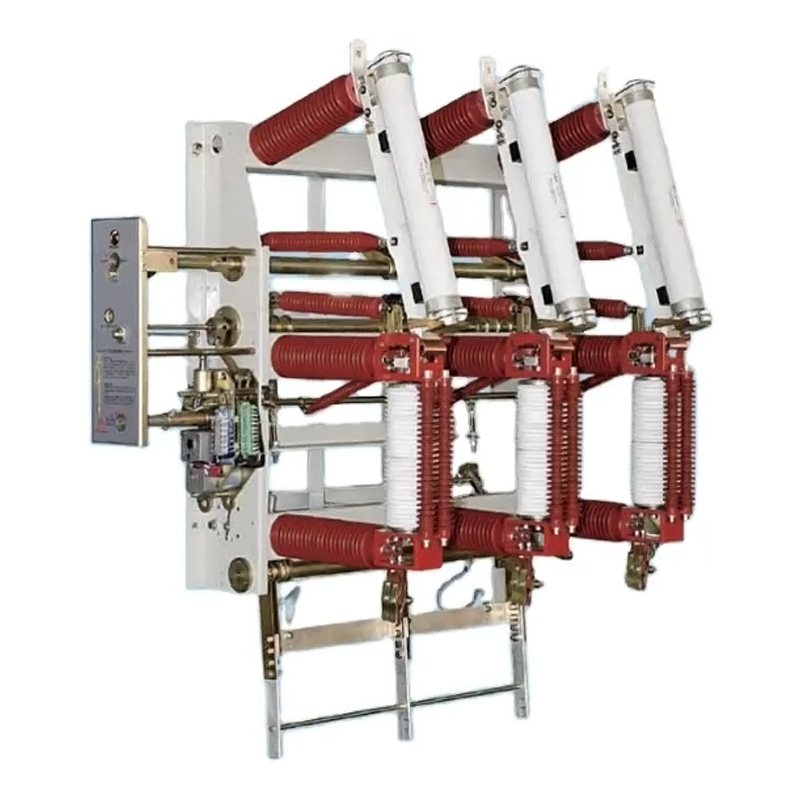In the realm of electrical power distribution, load break switches are indispensable components that facilitate the safe and efficient operation of electrical systems. These switches are designed to interrupt and make electrical connections under load conditions, ensuring the continuity of power supply with small disruption.
Medium voltage (MV) load break switches are designed to operate within the voltage range typically found in industrial and commercial power distribution systems. These switches are crucial for maintaining the reliability and safety of MV networks.
1. Applications: MV load break switches are commonly used in distribution substations, industrial plants, and commercial complexes. They allow for the isolation of specific sections of the network for maintenance, repair, or fault clearance without affecting the entire system.
2. Advantages: One of the key advantages of MV load break switches is their ability to handle load currents and make or break connections under load conditions. This feature smalls downtime and ensures that power supply is maintained to other parts of the network.
3. Role in Electrical Systems: MV load break switches play a vital role in the safe operation of electrical systems by providing a means to isolate faulty equipment or sections of the network. This isolation prevents the spread of faults and allows for targeted maintenance without disrupting the entire system.
High voltage (HV) load break switches are designed for use in transmission systems where voltages are significantly higher than those found in medium voltage networks. These switches are critical for the management of power flow in high voltage grids.
1. Applications: HV load break switches are typically found in transmission substations, power generation facilities, and large industrial complexes. They are used to control the flow of power in high voltage networks and to isolate sections for maintenance or fault resolution.
2. Advantages: HV load break switches offer several advantages, including the ability to operate at high voltage levels, withstand high short-circuit currents, and provide reliable switching under various load conditions.
3. Role in Electrical Systems: In high voltage electrical systems, load break switches are essential for maintaining system stability and preventing cascading failures. They allow for the controlled disconnection of high voltage lines, ensuring the safety of maintenance personnel and the integrity of the power grid.
Indoor load break switches are designed for use in enclosed environments, such as switchgear rooms or control centers. These switches are built to withstand the specific conditions found indoors, including temperature and humidity control.
1. Applications: Indoor load break switches are used in a variety of settings, including commercial buildings, data centers, and indoor substations. They are ideal for applications where space is limited and environmental conditions are controlled.
2. Advantages: The primary advantage of indoor load break switches is their suitability for use in controlled environments. They are designed to operate efficiently in indoor settings, providing reliable switching performance with small maintenance requirements.
3. Role in Electrical Systems: Indoor load break switches play a crucial role in the safe and efficient operation of indoor electrical systems. They allow for the isolation and control of power flow within confined spaces, ensuring the safety of personnel and the continuity of power supply.
Load break switches, whether medium voltage, high voltage, or indoor, are essential components in the electrical power infrastructure. They provide a means to safely control and isolate power flow, ensuring the reliability and safety of electrical systems.



 English
English русский
русский عربى
عربى










